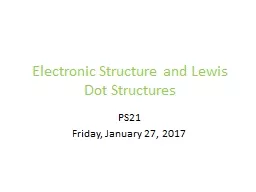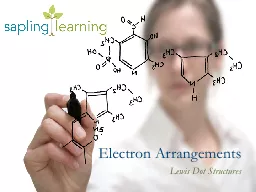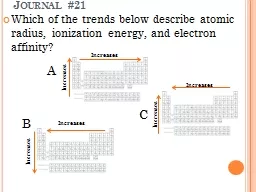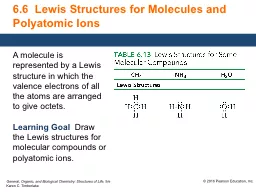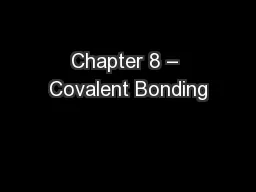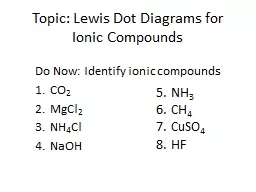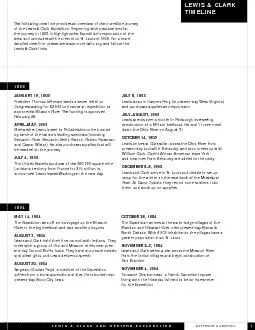PPT-Electronic Structure and Lewis Dot Structures
Author : altigan | Published Date : 2020-08-03
PS21 Friday January 27 2017 Worst Taught Science Topics in Middle and High School ChemistryPhysical Science 1 Electronic structure Bohr model of the atom 2 Eight
Presentation Embed Code
Download Presentation
Download Presentation The PPT/PDF document "Electronic Structure and Lewis Dot Struc..." is the property of its rightful owner. Permission is granted to download and print the materials on this website for personal, non-commercial use only, and to display it on your personal computer provided you do not modify the materials and that you retain all copyright notices contained in the materials. By downloading content from our website, you accept the terms of this agreement.
Electronic Structure and Lewis Dot Structures: Transcript
Download Rules Of Document
"Electronic Structure and Lewis Dot Structures"The content belongs to its owner. You may download and print it for personal use, without modification, and keep all copyright notices. By downloading, you agree to these terms.
Related Documents

